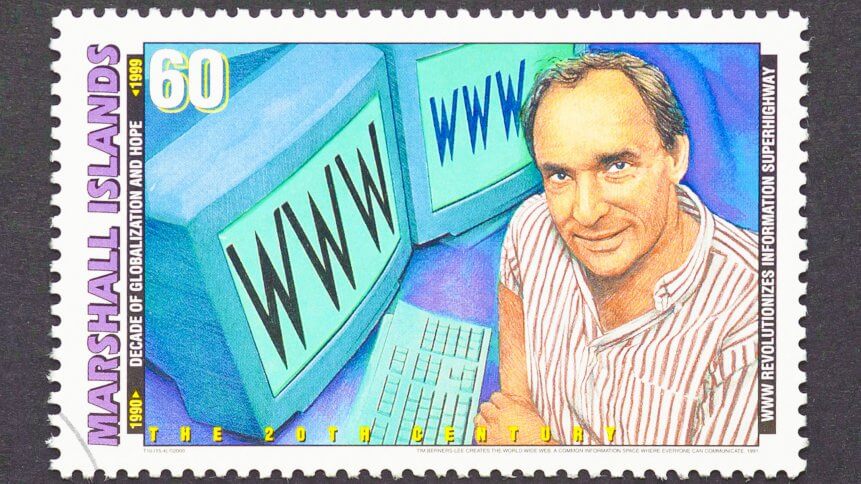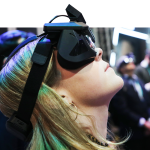Can your business survive the tech clash?

The World Wide Web is preparing to celebrate its 31st birthday, and the iPad will be ten years old on April 3. It’s easy to feel nostalgic about how technology has transformed our life, business, and world. But it’s also seven years since the Economist first coined the phrase “Tech-Lash.”
Businesses are now faced with the challenge of not only reaching the rising expectations of their customers but also adjusting their thinking on technology to win back trust. A recent Accenture report suggests that it’s more of a “Tech-Clash,” or a disconnect between the business and technology models of the past that are incongruous with consumer’s needs and expectations.
Accenture’s global report surveyed 60,000 business and IT executives. Although 83 percent of respondents acknowledge that technology has become an intricate part of the human experience, in a post-digital era, the report warned that there is a collision between business and technology on the horizon.
Since the arrival of mobile apps, businesses have been hypnotized by the shiny allure of technology. Many organizations set out to create a myriad of digital products and services just because they could. The problem is that they failed to think about the human, organizational, and societal consequences they were creating in the process.
Although technology has engulfed our lives, we are also starting to debate the unintended consequences of blindly embedding technology into everything. There is an increasing argument that we are creating more problems than we should be solving. A quick look around the digital landscape see’s tech accused of spreading misinformation, reducing data security, increasing mental health issues, and eradicating our privacy.
The tech genie is out of the bottle. It’s too late to put it back in. Digital technology is now everywhere, and businesses of all sizes need a new mindset and approach to avoid the collision waiting in our immediate future. Collaboration between customers, employees, and partners to build a new future together will create a safe passage to a new digital promised land. But where should business leaders begin?
According to the report, there several key tech trends that business leaders should be paying close attention to.
The I in experience
Vendors selling personalization software are telling their partners that their customers both demand and expect real-time personalization. But an increasing number of customers find the concept intrusive and borderline creepy. Research firm Gartner recently predicted that by 2021 one-third of marketers will reduce spending on personalization, and by 2025, 80 percent will abandon their efforts.
The responsibility that comes with data management can feel overwhelming and not worth the little ROI they get in return. But the Accenture survey suggests that if enterprises get the balance right, it can transform passive audiences into active participants through digital experiences.
Promoting greater trust and transparency by bringing the customer back into the loop, it becomes possible to build genuine collaborations. Designing personalized experiences should always amplify an individual’s agency and choice. Essentially, it’s about them, not you or your business.
85 percent of business and IT executives surveyed agreed that competing successfully in the next decade will require organizations to elevate their relationships with customers as partners.
AI and Me
The report also highlights that Artificial intelligence (AI) should act as a contributor to how people perform their work and complete tasks. Not just a backstop for automation. Many are making the rookie mistake of implementing technology at the expense of employees and unable to see the bigger picture on the road ahead.
Successful businesses in the next decade will be the ones that embrace hybrid approach that combines the best of human and artificial intelligence to collectively solve problems. But, only 37 percent of organizations are currently using inclusive design or human-centric design principles to support human-machine collaboration.
Enterprises must rethink all of their processes and understand how they can transform every aspect of their business by enabling people and technology to work seamlessly together.
YOU MIGHT LIKE

Why trade shows will survive the coronavirus
The dilemma of Smart Things
The days of completing an IT project and signing it off to a support team are over in a world where everything is in a state of “forever beta.” There needs to be a conversation around who owns and manages the lifecycle of products driven by digital experiences before moving on to the next big thing.
The report revealed that 74 percent of executives believe that their organization’s connected products and services will have significantly more updates over the next three years. As these products rapidly increase, so will the responsibility to keep them updated, creating a new digital dilemma for businesses.
Innovation DNA
Huawei invested over US$17 billion in R&D in 2019. 76 percent of executives in the report agree that stakes for innovation have never been higher. Research and development are no longer just a nice to have. To keep up with the pace of technological change, enterprises will need to explore new ways to innovate by collaborating with ecosystem partners and third-party organizations.
Every business will access to an unprecedented list of disruptive technologies. But the responsibilities that come with managing it all should not be underestimated. Enterprises will be expected to evolve at a speed that is demanded by the market in a post-digital era. To do that, they will need to establish their own unique innovation DNA.
However, surviving the incoming tech-clash will require you to build on the foundations of trust and collaboration rather than technology. Every business will need to make itself accountable as the topic of privacy becomes a selling point.
Tim Berners-Lee’s original vision of the web was creating an opportunity for everyone. Although we have come away, it increasingly feels that we have come full circle and heading towards a more human-centered approach towards technology. It will take this change in mindset combined with technology and innovation to define how your organization can thrive and survive in the next decade.








